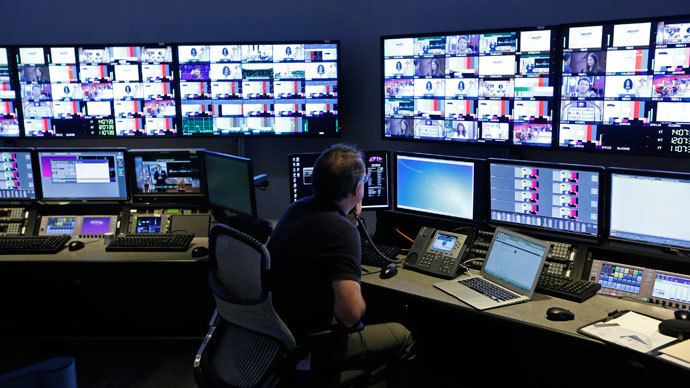The Federal Bureau of Investigation has turned over new documents detailing how the FBI collects cell phone location information about criminal suspects, but most of the secretive program will remain under wraps for now.
The latest trove of documents was published this week by the Electronic Privacy Information Center, a DC-based public interest research group that specializes in issues involving surveillance and security.
EPIC has forced the Federal Bureau of Investigation to provide information about how federal law enforcement uses cellphone surveillancetechnology to spy on suspects, namely portable tools like “Stingrays” or other “Cell Site Simulators,” which trick suspects’ phones into connecting to phony networks that are under surveillance. Once a phone connects to a fake network, technology allows investigators to determine the location of the user on the other end — even when the phone isn’t in use.
Law enforcement’s usage of these tools has been known for some time, and EPIC’s Freedom of Information Act request with the FBI has slowly but surely returned more information as new documents are discovered during the last year. The most recent files obtained through a request reveal the existence of a previously-unknown inner agency team and little more.
Since last October, the FBI has released to EPIC 13 separate sets of documents pursuant to the FOIA request, which revealed 22,982 pages about the use of new technology to spy on cell data. Of that cache, however, the FBI claims it is only able to produce 4,377 pages in whole or in part, or around 19 percent of the total documents discovered so far.
Of the 400-plus pages published by EPIC this week, the majority of pages are almost entirely redacted. According to the FBI, disclosing details about how it develops cell site simulator technology as a method and technique has enabled them to perform core law enforcement and national security missions and, accordingly, that information must remain secret as to protect vulnerabilities from being exploited by criminals, domestic or foreign.
“Simply put, disclosure would provide a virtual playbook for criminal elements and terrorists on how to identify, avoid or evade detection efforts related to the use of this technology,” the FBI writes in explaining the heavy redactions. “As a practical matter, disclosure would enable potential targets to carefully plan their illicit activities and execute them in a manner that avoids detection, thereby effectively neutralizing the FBI’s ability to use this technique.”
But while the latest trove of FOIA’d document do little to detail the FBI’s use of phony cell towers, it does disclose the existence of a group called the “Wireless Intercept and Tracking Team,” which, while installed upwards of a decade ago, has gone unreported until now.
Slate’s Ryan Gallagher was among the first journalists to spot information about the Wireless Intercept and Tracking Team, or WITT, and describes it simply as a group “madeup of surveillance technology experts who maintain the FBI’s line of spy tools.”
“Theunit, according to the documents, conducts research and development, offers ‘24x7 operational support’ to feds engaged in surveillance missions; conducts training in how to use the spy devices; and liaises between the government and companies selling the latest surveillance equipment. It also maintains an internal website that provides information and ‘interactive media,’ presumably to keep the feds well-schooled on the latest cellphone monitoring issues,” Gallagher wrote.
For now, however, the extent of WITT’s scope will stay secret. Even with over 400 pages released by the FBI in their latest document push, details about WITT are few and far between. One panel says the team’s mission is to “provide the FBI with technologies to support…” but stops short of explaining specifics.
EPICS adds that WITT “provides technical and financial support to a quickly expanding group of federal and local law enforcement agents trained to use the controversial surveillance tools.”
Documents in the latest FOIA trove suggest that Harris Corp., the Florida-based technology company behind the Stingray, has developed other tools over time used by the FBI to track cell information.

